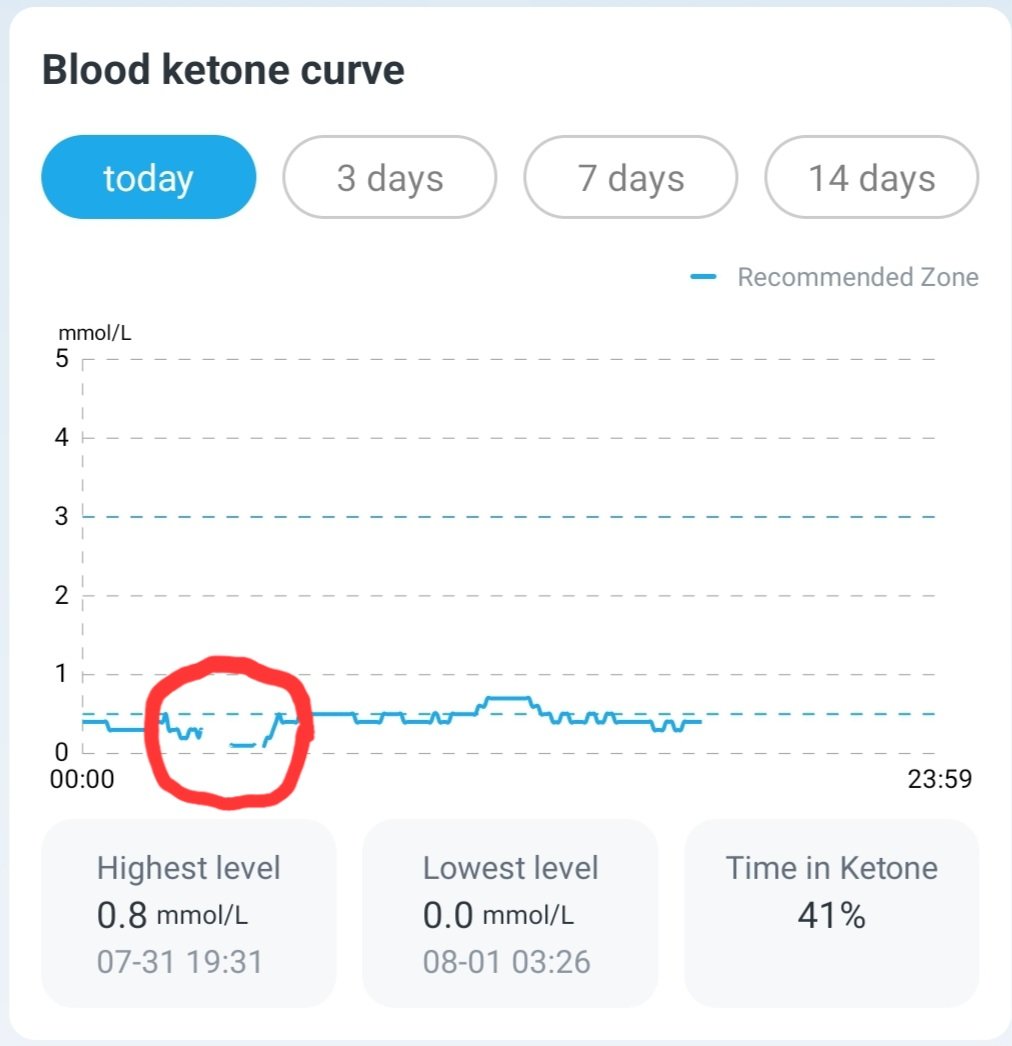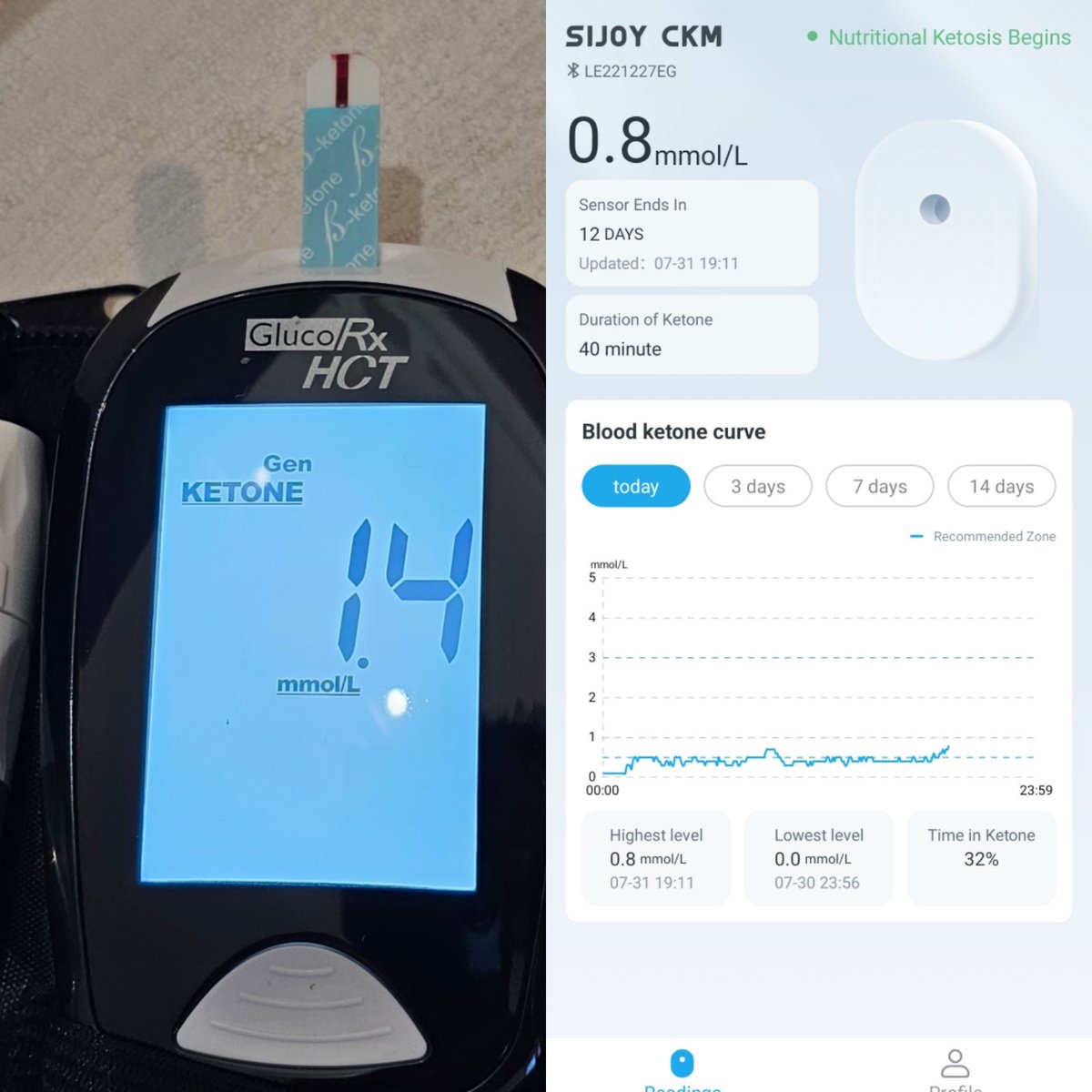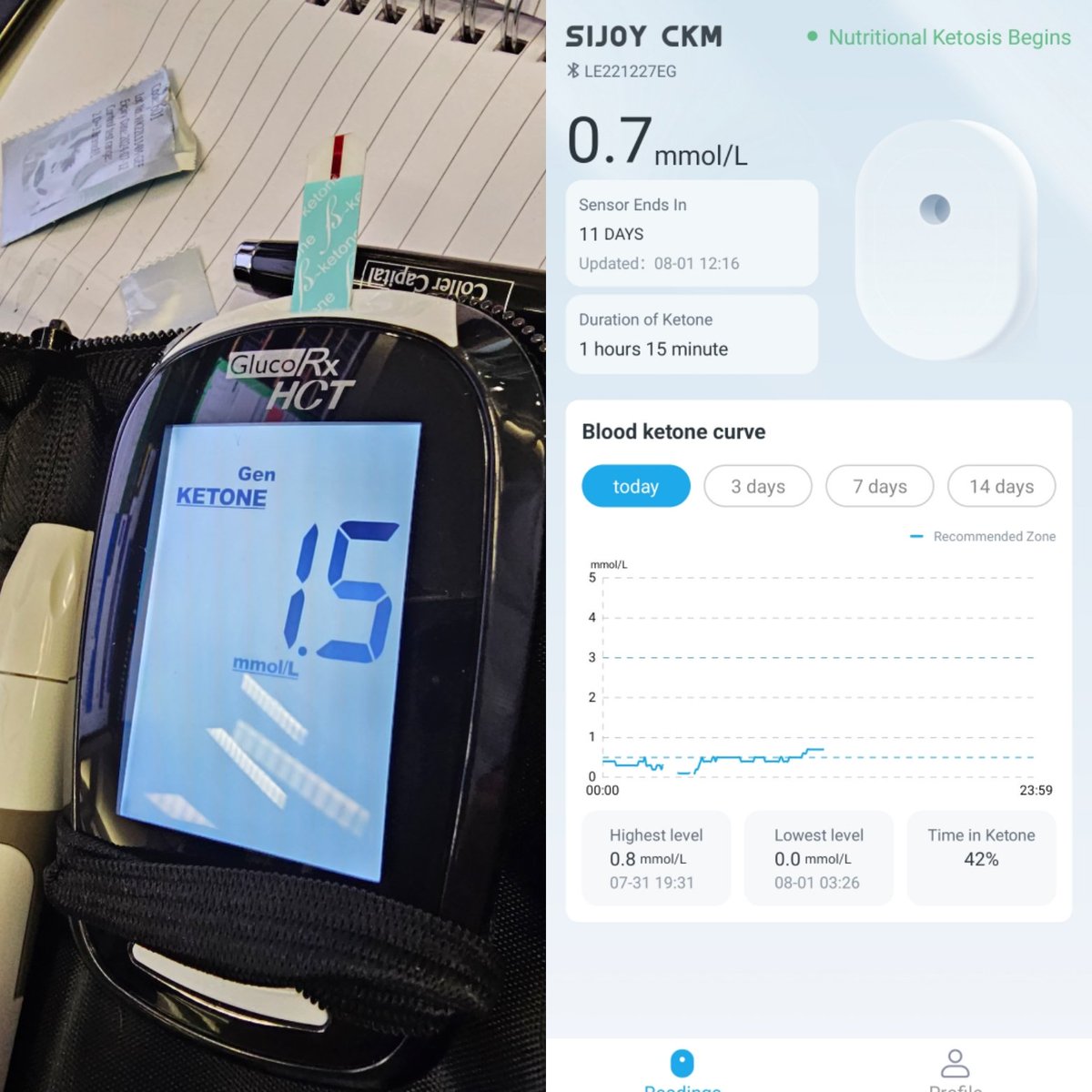After two weeks, the #BattleRoyale (an n=1 comparison) for CGM is done. And there's clear water between the three sensors being tested, which were the Dexcom G6 & G7, plus the #Libre3. What follows is a brief summary of the results. /1
There are differences between the three:
1. The Dexcom G6 has a wider dispersion of points than the other two;
2. The Dexcom G7 looks like it slightly overstates values, while the Libre3 looks like it understates them.
/6
1. The Dexcom G6 has a wider dispersion of points than the other two;
2. The Dexcom G7 looks like it slightly overstates values, while the Libre3 looks like it understates them.
/6
If we take a look at the calculated MARD from fingersticks, we get the following, and you'll notice the two values for G6 and G7. from start and after calibration. Both sensors were quite wildly off during the first 3-4 days.
/7
/7

As a result of multiple readings >20% from fingerpricks, both sensors required calibration, which had a significant impact on the MARDf value, and suggests that it may be worth keeping an eye on the early stages of these two sensors.
/8
/8
If we look at the day-by-day MARDf calculations, this is very clear, although the pattern of a worse start, better middle and worse end sort of shows up.
/9
/9

Similarly, the 20/20 calculation (number of values outside 20% when above 100mg/dl/20mg/dl when below) shows that the #Libre3 in this test had far fewer results that were outside the range.
/10
/10

I have to admit to a little bit of surprise at this. I wasn't expecting the #Libre3 to produce such good results, especially as it is supposedly little different to the #Libre2, which when I tested it last, produced a MARDf of 9.6% via LibreLink and 8.6% via Diabox.
/11
/11
Overall then, the results were not what I was expecting. If you want full commentary and data, please go to Diabettech to read the full report!
diabettech.com/cgm/battle-roy…
/end
diabettech.com/cgm/battle-roy…
/end
@threadreaderapp unroll
• • •
Missing some Tweet in this thread? You can try to
force a refresh

















